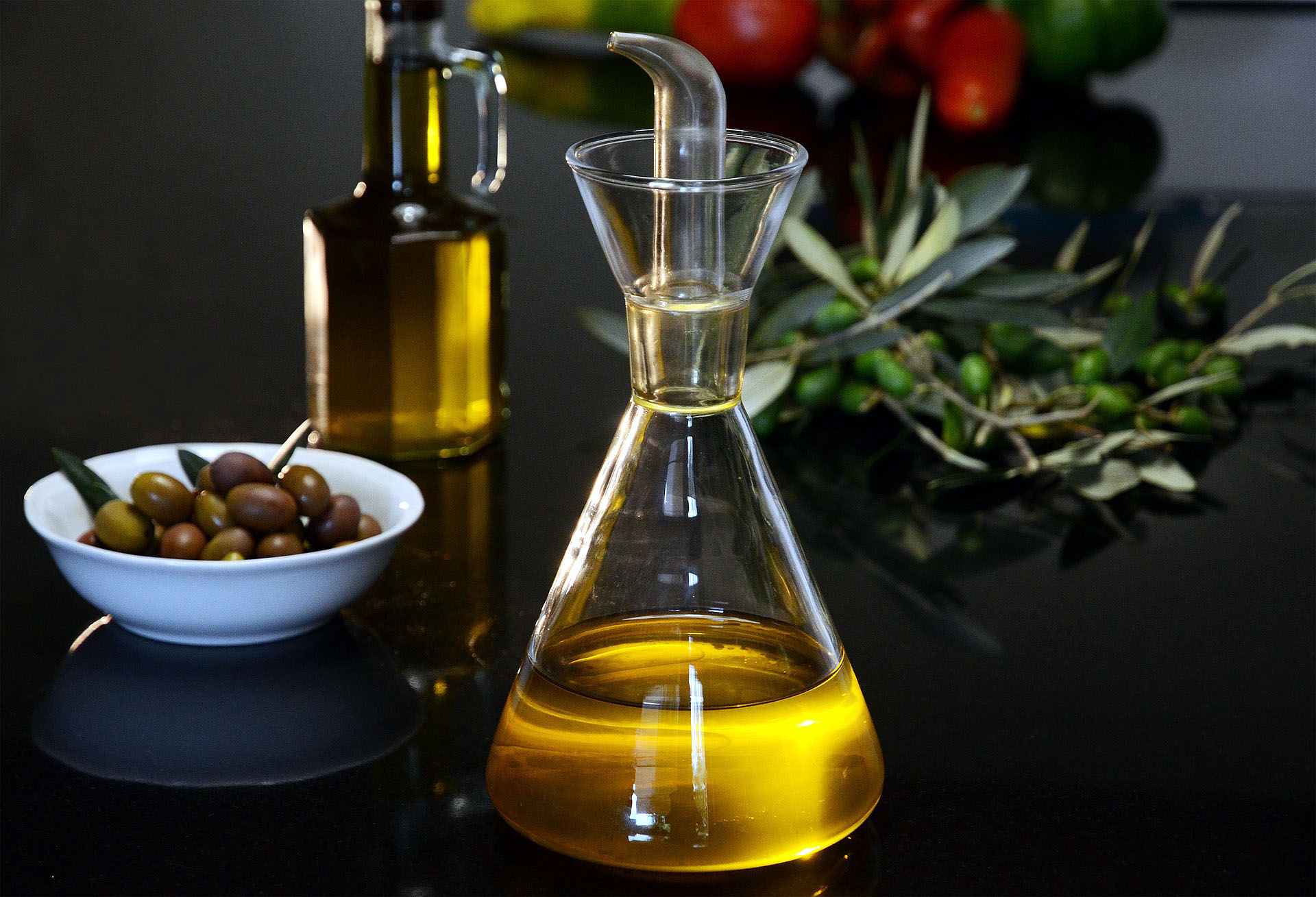Olive Oil – A Medicine Produced by Nature and Refined by Human Expertise and Traditions

PREMIUM CONTENT for MEMBERS ONLY
Long before becoming aware of the unique qualities of extra-virgin olive oil (EVOO), we have always used the oil in our salad dressings and preparation of Italian meals. However, in addition to its delicious flavor, various health benefits of EVOO have been reported from preclinical and clinical studies and are applicable to a wide range of metabolic disorders and cardiovascular diseases. EVOO is considered to be one of the key health-promoting ingredients of the Mediterranean diet. There are at least two major components that mediate the oil’s health benefit—the high concentration of monounsaturated fatty acids (primarily oleic acid) and the high content of polyphenols (primarily oleuropein and hydroxytyrosol). As I have discussed in previous posts, polyphenols exert their health benefit with the help of the gut microbiome. Research suggests this may be true for oleic acids, too. Oleic acid is the predominant fatty acid in olive oil—73 percent of its total oil content—while 11 percent is polyunsaturated, such as omega-6 and omega-3 fatty acids. Monounsaturated fatty acids (MUFAs) are quite resistant to high heat, making EVOO a healthy choice for cooking. Some sources put the smoke point of olive oil somewhere around 374–405°F (190–207°C) (17). This makes it a safe choice for most cooking methods, including most pan frying. Extra virgin olive oil’s smoke point is somewhere around 374–405°F (190–207°C).
“Polyphenols, unlike the vitamins found in the oil, are largely unabsorbable in the human gut, and have to travel to the end of the small intestine and colon to be broken up into absorbable molecules by specialized communities of gut microbes.”
Traditionally, the high content of MUFAs was considered to be responsible for the protective effects of EVOO, but current evidence suggests benefits are largely related to polyphenols and vitamins A and E found in the oil. While both polyphenols and these vitamins have antioxidant effects when studied in a test tube, only the vitamins which are rapidly absorbed in the small intestine have such an effect when consumed. In contrast, polyphenols are largely unabsorbable in the human gut, and have to travel to the end of the small intestine and colon to be broken up into absorbable molecules by specialized communities of gut microbes. Contrary to common belief and advertisements, the majority of these molecules are believed to exert their beneficial effects by mechanisms other than antioxidation. Amongst the thousands of polyphenols contained in different fruits and vegetables, as many as thirty different polyphenol molecules have been identified in different olives.
The phenolic concentration of EVOO ranges from 50 to 800 milligrams per kilogram, and the amount of polyphenols in EVOO depends on the region where the olives were grown, corresponding differences in climate including average rain fall, drought conditions, degree of ripeness when harvested, and the oil-extraction process. In addition, the phenolic fraction of olive oil can vary greatly among different types of olives. As a result, it can be a challenge to figure out which olive oil to buy in order to get the full benefit in terms of both flavor and polyphenols.
“In addition to his wines, Marco produces EVOO from eight-hundred- year- old olive trees, using a wide variety of olives…”
I learned more about olive oil a couple of years ago when I visited my friend Marco Cavalieri, the owner of the Le Corti Dei Farfensi winery in Fermo, on the picturesque Adriatic coast of Italy. In addition to his wines, Marco produces EVOO from eight-hundred- year- old olive trees, using a wide variety of olives, including the Sargano, Carboncella, Ascolana, Coratina, Frantoio, and Moraiolo varieties (An eight-hundred- year- old tree may sound ancient, but it’s practically a sapling in olive oil–making years: olive trees started to grow in the southeastern Mediterranean basin more than six thousand years ago, and they were a major item of trade for the ancient Greeks, Romans, Persians, and Phoenicians throughout the Mediterranean region. These varieties contain the polyphenols oleuropein, demetiloleuropein, and quercetin, with an average polyphenol concentration of around 800 milligrams per kilogram. As polyphenols are a crucial part of the plants’ pharmacy – they protect against diseases, pests, drought, and UV light – it is easy to imagine that they play a key role in the longevity of these ancient trees!
In addition to harvesting the olives from the ancient trees, Marco uses several strategies to ensure the highest possible polyphenol content in his product. The olives are harvested when they have not fully ripened, when their polyphenol production is at its highest. Harvested olives are stored in airtight steel containers to protect them from oxygen and light. Those made into oil are taken to the local facility where they are cold pressed just hours after they’re harvested. The fresh oil has a uniquely pungent flavor and fragrance, with an initial almost burning sensation and taste. In addition to its flavor and health benefits, the polyphenols contribute to its superior oxidative stability compared to other edible oils.
In seeking out the health benefits of the Mediterranean diet, it became clear to me that the high polyphenol content of EVOO makes it a medicine produced by nature and refined by human expertise and traditions. Like any medicine, the precise amount of active ingredients and the quality of processing play major roles in its effectiveness. So rather than being misled by the dark appearance of many expensive olive oils marketed as EVOOs, it is worth investigating where and how they were harvested and processed, as well as their average polyphenol content. This may take a bit of investigating, as most producers don’t include information about polyphenol content on their labels. Given the difficulty of tracking down the polyphenol content, the best way for a consumer to determine it is by taste—a pungent flavor is generally a sign of high polyphenol content.
This post was taken from my book, The Gut Immune Connection, which has a lot more information about the topic of gut friendly and anti-inflammatory foods and 40 gut friendly recipes.

Emeran Mayer, MD is a Distinguished Research Professor in the Departments of Medicine, Physiology and Psychiatry at the David Geffen School of Medicine at UCLA, the Executive Director of the G. Oppenheimer Center for Neurobiology of Stress and Resilience and the Founding Director of the Goodman-Luskin Microbiome Center at UCLA.